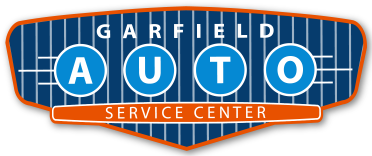Are Car Loan Rates Different for New or Used Cars?
For families on the fence between purchasing a new or used car, it’s not just about modern tech and used car history. Loan rates for new and used cars are usually different, as are the average length of loan repayment periods. Especially for first-time loan applicants, it’s important to understand the car loan application process and how you buy has a big impact on what you end up paying.
Three Differences Between Applying for a New and Used Car Loan
Buying a vehicle is a big commitment with immediate and long-term financial implications for you and your family. In many cases, it’s more cost-effective to repair your existing vehicle, but if you’re sure a new or used car is the right call, look at all your financing options. Here are a few ways new and used car loans differ and why.
1. Principal.
New cars are almost always more expensive than used cars. The purchase price represents the principal amount of the loan, though you may be able to make a down payment. Still, the principal for used car loans is usually lower.
In 2023, the average list price for new and used vehicles in the US was over $20,000 apart:
2. Loan repayment period.
Because used cars tend to be less expensive, although that historical gap is narrowing. In 2023, the average loan length for new vehicles was 67.87 months, while used cars were basically the same at 67.40. That’s largely due to the surge in both new and used car prices in 2021 and 2022, with car buyers in that period needing longer loan periods with lower monthly payments. Most experts recommend keeping auto loans on new cars under 60 months and 36 for used vehicles - advice millions of Americans didn’t or couldn’t take to heart over the past three years.
3. Resale value.
Resale value is one of the biggest reasons loan rates for used cars are higher. It’s harder for lenders to determine a used car's condition and resale value than a brand-new one. Used cars also have a higher likelihood of mechanical issues, which lowers the resale value and could make it harder for owners to repair while meeting loan repayment obligations. Your vehicle is collateral for the lender; after all, they want to know what they may have on their hands in the event of a default.
Related: Buying a New Car vs. a Used Car
How to Find Current Interest Rates for New and Used Cars
Rates vary by state and by the credit score of applicants. The better your credit, the better your rate, with top-rated applicants getting new car rates nearly three times lower than those in the 300-500 range.
Use the State of the Automotive Finance Market report or similar resources to track and forecast rates for new and used cars near you. Historically, the average interest rate on new car loans is about half the average for used car loans; in 2023, new cars were at 6.63% to the 11.38% mark set for used vehicles.
Know What You’re Getting with Garfield
If you’re leaning toward a used vehicle, get under the hood with Garfield Auto. Stop by during your test drive and let us take a look; we’ll give you an honest assessment so you know exactly what you’re getting. Count on us to be your go-to repair shop for quality maintenance for the life of your vehicle, no matter what you drive. Schedule an appointment today!

